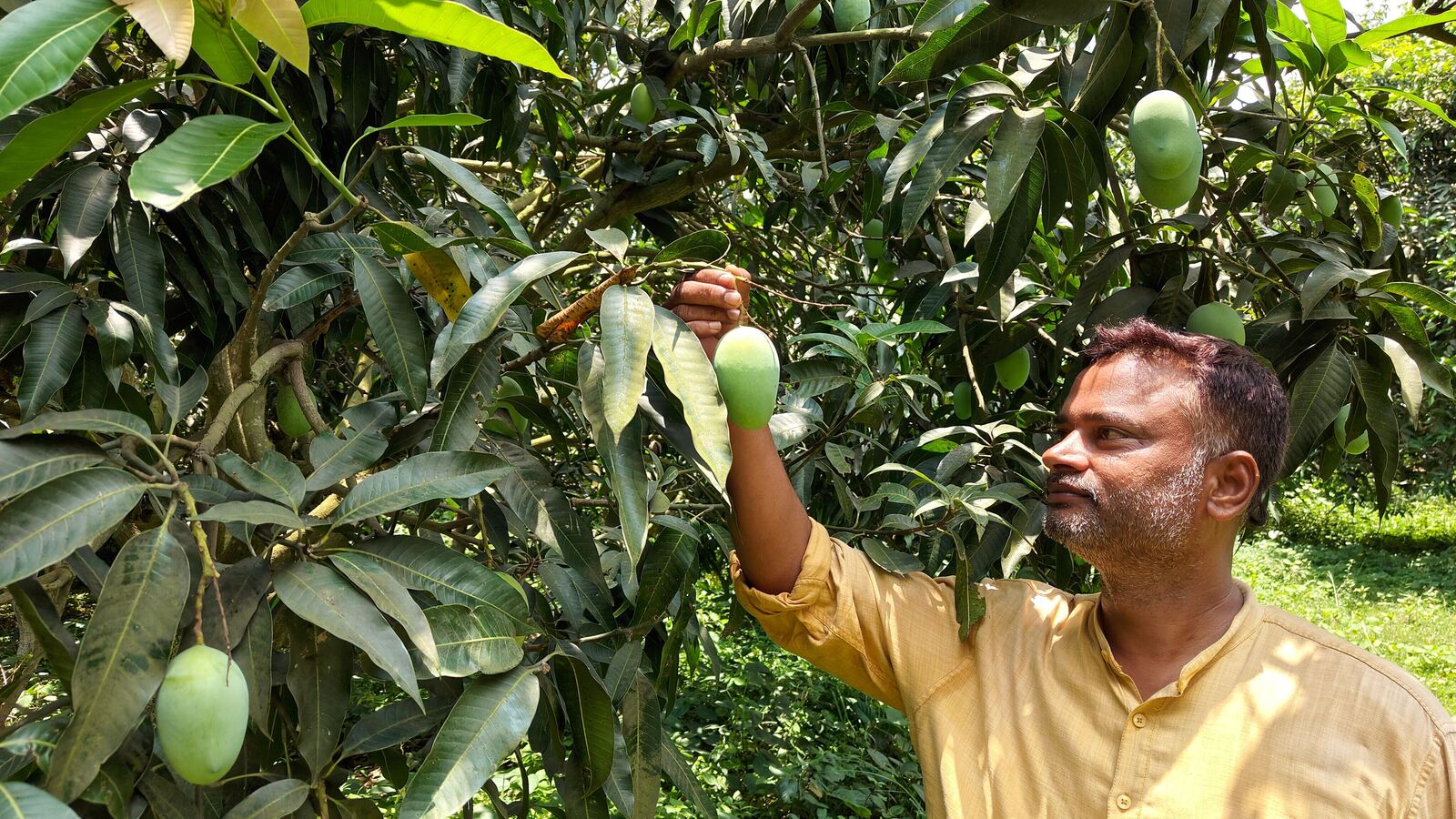Summary
Indians are crazy about mangoes, and India produces more than 22 million tonnes of them every year. But the country is still failing its beloved fruit. How? Mint explains:
Source: Mint

AI News Q&A (Free Content)
Q1: What are the main types of mango cultivars found in India?
A1: In India, the two main types of mango cultivars are the 'Indian type' and the 'Southeast Asian type'. These types have been cultivated for centuries and include hundreds of different cultivars, varying in size, shape, sweetness, and color.
Q2: How has the Banganapalle mango variety become significant in Andhra Pradesh?
A2: The Banganapalle mango, also known as Benishan, is a significant variety in Andhra Pradesh, occupying 70% of the mango cultivable area. It is a late-season variety known for its sweet, fiber-less texture and was registered as a geographical indication product in 2017.
Q3: Why might Indian mangoes be losing their market share to exotic apples?
A3: Indian mangoes might be losing market share to exotic apples due to various factors including the year-round availability of apples, better storage and transport logistics, and consumer preference shifts towards imported fruits perceived as premium.
Q4: What role does agricultural innovation play in mango production?
A4: Agricultural innovation in mango production can enhance productivity, improve fruit quality, and extend shelf life. Innovations such as improved irrigation techniques, pest management, and genetic research can help local mango varieties compete with exotic fruits.
Q5: How does the geographical indication status benefit mango cultivars like Banganapalle?
A5: Geographical indication (GI) status helps protect and promote specific regional products, such as the Banganapalle mango, by recognizing their unique qualities linked to their geographical origin. This can boost marketability and provide a competitive edge.
Q6: What are some challenges faced by Indian mango producers in the global market?
A6: Indian mango producers face challenges such as stringent export standards, competition from other countries, inadequate cold chain infrastructure, and fluctuating international demand. These factors affect their ability to capture a larger share of the global market.
Q7: How does the cultivation of mangoes contribute to the local economy in India?
A7: Mango cultivation significantly contributes to the local economy by providing employment, supporting ancillary industries like packaging and transportation, and boosting rural income. It is a vital part of the agricultural sector in many Indian states.
References:
- Mangifera indica
- Mango
- Banganapalle (mango)





